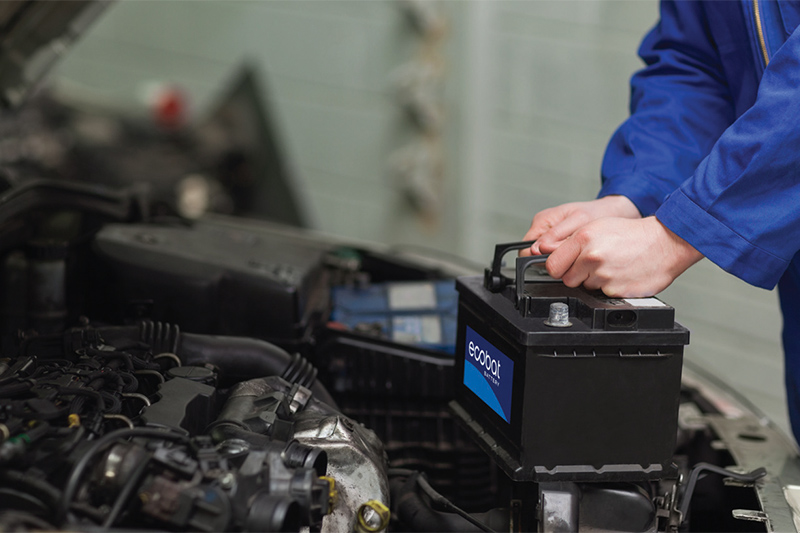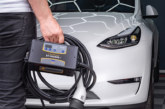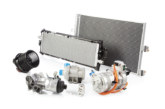The EV revolution

Following his 12V battery overview in the January edition, Ecobat Battery Product, E-Commerce and Marketing Strategy Manager, Andy Waite, returns to give a considered view about the impact of what he calls the EV revolution.
With the industry’s near obsession with everything EV related as the market continues to transition from combustion engines to advanced electric drive systems, largely driven by evolving EU regulations reshaping the market, it is important to restate that the 12V battery remains an integral part of every passenger car and van currently in production.
This is further endorsed by leading OEM, Exide Technologies, which has stated that the 12V lead-acid battery is the crucial energy source in e-mobility that keeps everything running. It is, therefore, difficult to overemphasise the role of the 12V battery because it is responsible for so many things; in fact, almost nothing works without it.
In an EV, for example, it provides the energy necessary to activate the safety relay and connect the high-voltage battery to the electrical board net and electric motor, and as ADAS and autonomous driving continue to evolve, the 12V system is increasingly important to ensure reliability and safety, whatever the propulsion system the vehicle uses.
So, as the number of hybrids and EVs is only likely to increase, you need to be sure that you have access to not only the correct specification replacements, but also those of the appropriate quality to provide a safe and reliable solution for your customers – whether professional workshops or DIY enthusiasts.
At Ecobat Battery, we have access to several suitable alternatives with OE brands, such as Exide and VARTA, and quality aftermarket products in Lucas and Numax.

Surprise, surprise…
What might also come as another surprise is the fact that not every contemporary hybrid and EV is fitted with the latest 12V battery technology.
Although it would be natural to make the immediate assumption that these batteries would be at a minimum AGM, if not lithium, the truth is that there is no ‘standard’ battery for these applications, with VMs using a number of different solutions.
There is no better example of this paradox than looking at models, such as the 2021 Hyundai Ioniq 5, the 2023 KIA e- Niro, the Audi Q4 e-tron and the Jaguar IPace, all of which use a traditional lead acid battery, whereas a Cupra Born uses an EFB and a Ford Mustang Mach-E has an AGM!
Another anomaly
As well as relying on a variety of technologies, there is also a wide range of case sizes and terminal configurations, which can be appreciated when highlighting Exide’s EK013. With a capacity of only 1.2 Ah and measuring just 97mm long, 43mm wide and 58mm tall, it supports automatic drivetrain electronics and gearbox electric oil pumps, playing a critical role in ensuring that vehicles continue to operate smoothly and reliably in the event of a malfunction with the main 12V batteries.
A Lucas version, LSLA1.2-12, is also available, and both provide coverage for more than five million vehicles across Europe, including the Range Rover Evoque L538 series and a series of Mercedes Benz models.





